There has just been a Panorama documentary on about the ‘scandal around breast implants‘.
This is obviously of great interest to us because we specialise in cosmetic breast surgery and use a lot of breast implants.
I certainly do not want to appear that I am trying to play down any adverse reports or cover up what is purposed to be issues associated with breast implants.
However, as someone who is closely involved with both the science and the practical aspects of breast implant technology, I want to ensure you that we are up-to-date with the latest information and that we are not doing anything to put patients in harm’s way.
I am constantly trying to combat the stereotype of the plastic surgeon who is arrogant and does not care about his patients’ wishes.
This is not a stereotype that I recognise in my own practice or my colleagues.
They have to remember we are doctors first and most of us went into medicine because we want to help people.
I find plastic surgery an immensely rewarding speciality, and now that I sub-specialise in cosmetic surgery rather than reconstructive surgery, I do not find it any less worthwhile or indeed challenging.
The goal is, and always has been, to have a happy patient and I would never do anything if I thought that the patient be anything less than completely over the moon with the results that I have given, and so the suggestion that there is some kind of scandal or cover up about harmful effects of breast implants, is something that I find difficult to reconcile.
We frequently turn patients away who come seeking treatments if we do not feel that they would benefit from them.
There is no doubt that there are risks with breast implants as there are with any surgery, and these are fully discussed at the consultation and in the literature that we give the patients at every step of the proceedings.
The issue of ALCL, a type of breast cancer associated with breast implants has been raised and this is something that we have known about for some time and we discuss fully with patients during the consultation.
The concept of breast implant illness has also been highlighted, and this is something that has been talked about ever since breast implants came out, and there has not been any scientific backing found to support the causation of systemic illnesses due to breast implants.
However, there is no doubt that there is anecdotal evidence and patients coming forward saying that their implants have made them feel ill and they feel better with their implants removed.
There is also now some statistical evidence to suggest there are increased rates of some illnesses in patients with breast implants (there are also significantly decreased rates of other illnesses in patients with breast implants), but these are difficult to interpret because there may be other variables, such as an increased risk of melanoma in patients with breast implants, which may be due to an increased tendency to sunbathe in the population of patients who have breast implants.
I have been asked about breast implant illness in the past and I give my honest answer, which is that I have never experienced it in a patient of mine having done hundreds of breast implant operations, but I have one patient who has had her implants removed due to pain and the pain was relieved with the implant removal.
I have also seen patients who have had surgery by others surgeons who have described feeling unwell and then feel better when the implants are removed.
However, this evidence has to be taken on the background of the many hundreds of patients in my practice, and many thousands, and tens of thousands of patients world-wide who have experienced tremendous benefits from having implants, which outweigh any small risks.
There is no doubt that we have to give information to patients so they can make a balanced and informed decision, but I am concerned that patients may feel that the risks are greater than they are, so a balanced and informed decision cannot be made.
There are risks with everything we do from crossing the road to frying an egg, which need to be balanced against the benefits so we can make our own mind up as to whether the risk is worth taking.
It is important that we put statistics in ways that people can understand, but at the same time we need to avoid putting them in a way that serves our own needs.
For instance, I hear that the risk of having rheumatoid arthritis in patients with breast implants is seven times that of the normal population which is alarming, but in fact the risk of getting rheumatoid arthritis is a fraction of a percent in patients with or without breast implants, so it is all a question of context.
The risk of developing lung cancer is nine times lower in patients who have breast implants in.
Again I do not think there is any suggestion that breast implants are protecting patients from lung cancer, more that the demographic of people having breast implants, may be inherently somehow the less likeliest to develop lung cancer, and so it is not an effect of the implants themselves, just of the type of person who has breast implants.
It is a difficult area because we have not found any cause or relationships and it is not that we are covering anything up, it is that we do not know.
Only recently has a National Implant Registry been re-introduced. Before then, it was hard to get a handle on what was happening to patients with breast implants.
As doctors we are here to serve patients and improve quality of life and there is no way we would be doing things if we thought patients were going to come to harm or be unhappy.
It is a testament to the huge success of cosmetic surgery because it does, by and large, create a huge amount of happiness, self-esteem, and self-confidence, despite the media trying to portray it as being unnecessary and unsuccessful.
There is no question that we need to continue researching different ways of doing things and making sure that the things that we are doing are safe and effective.
As plastic surgeons we will be at the forefront of that research and will inform patients as and when we know the results, but we will try to avoid making alarmist conclusions on complex data and continue to do what is in the best interests of the patient.
If you have breast implants, whether you are a patient of mine or not, we would be very happy for you to get in touch if you have any questions or concerns.
You can also join me on Facebook where I do a live Q and A on Facebook every Tuesday at 7 p.m. where I will be available live to interact and discuss any issues and to answer them to the best of my knowledge and abilities.
Feel free to leave a comment below, or drop us an e-mail.
If you want to come for a free no obligation consultation with one of our plastic surgeons, please call or email us or fill in the on-line contact form.

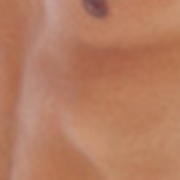
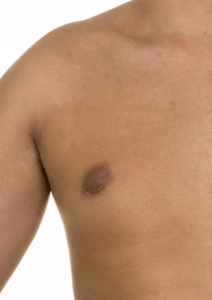
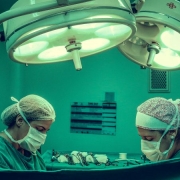
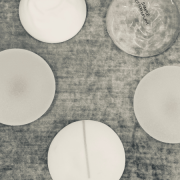
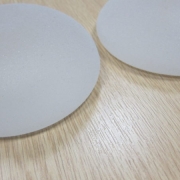
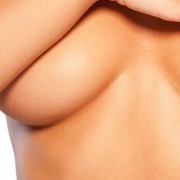

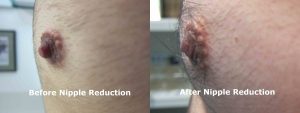


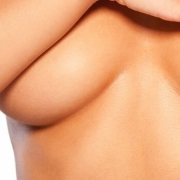

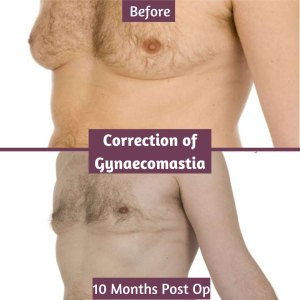
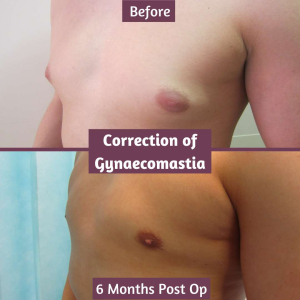

#askjj
Read Jonathan's book now!
Jonathan is on a one man crusade to revolutionise the image of cosmetic surgery and is passionate about spreading his message about cosmetic surgery training.